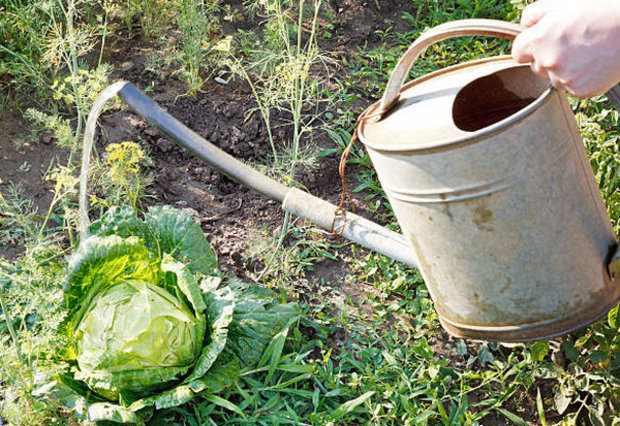
The basis of our diet is white cabbage. It is part of soups, it is stewed, consumed raw, and fermented. We eat head cabbage - an overgrown apical kidney. For its formation, cabbage needs a plentiful, but not excessive water supply.
Content
Watering Conditions
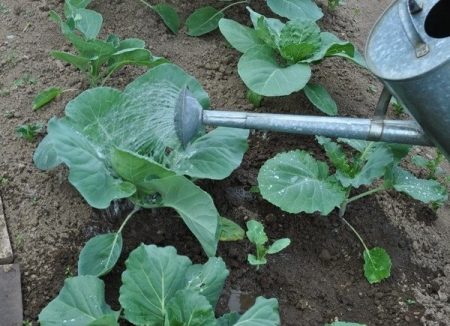
Most cabbage roots take moisture and nutrients from the surface layers of the soil. In the heat, in the absence of precipitation, it dries quickly, a large evaporation of moisture also occurs from the surface of cabbage leaves.
Signs of excessive watering: a dying root system, leaves with a crimson hue.
The culture feels the maximum need for water for the first time after planting in open ground and in the phase of head formation. With the help of irrigation, soil and air humidity are regulated. The optimum humidity for head growth is considered to be air humidity at the level of 60-80%.
To ensure it, the ridges are watered in the coldest time of the day - early morning, evening. Watering in the heat is not worth it. The sun causes leaf burns, accelerates the evaporation of moisture, this leads to a decrease in the volume consumed by the plant moisture.
Water requirements
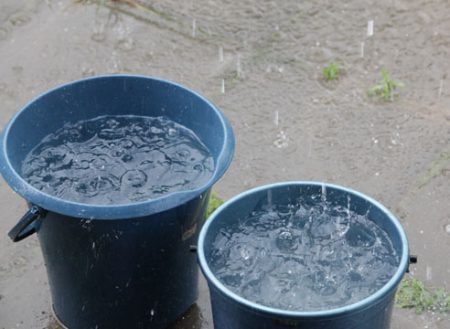
The roots of any plant better absorb moisture at a temperature corresponding to normal air temperature - 15-25 ° C. Parameters higher (low) can adversely affect the development of plants: reduce immunity, slow down the development of heads of cabbage.
Cabbage is most sensitive to water temperature the first 2 weeks after transplanting seedlings. During this period, it is recommended to be watered not with running water from the water supply system, but with a settled one. If the water source is natural (lake, river), then water can be used immediately coming from the well, the water supply should be poured into the tank, it heats up after a few hours.
How to water cabbage in the open ground
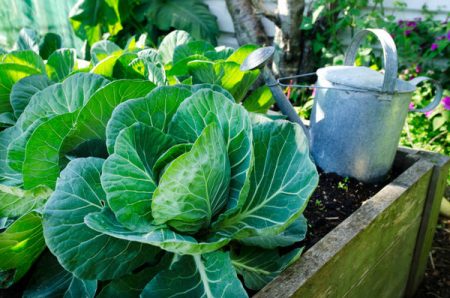
There is a proven way to determine when to water. With its help determine the moisture content of the soil. A handful of earth is buried by putting a hand 7 cm inside the ridge. They form a lump and drop it onto the track from a height of a little less than a meter. It's time to water if it crumbles.
The first three weeks after transplanting the seedlings, the flow rate of the irrigation water is moderate, when the formation of the head of cabbage begins, the volume is adjusted to 20-40 l / m². If the liquid is supplied exactly under the root, spend 5 liters per plant.
Under the root or top
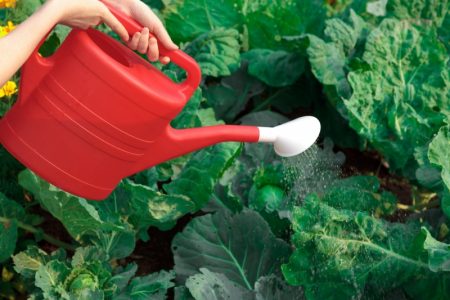
In dry weather with a high level of average daily temperatures, white varieties are watered in a combined way: under the root, along the leaf. If this is not done, the leaves will grow slowly, covered with a wax coating, the head of cabbage will not gain the required mass. Lack of moisture affects the taste characteristics of cabbage.
After a long period of drought, heavy irrigation should not be carried out, they can lead to cracking of the heads.
When watering, control of soil moisture is necessary, moisture stagnation must not be allowed. It provokes rot of the roots. In order to prevent waterlogging, the soil is loosened after rains, watering, late spring varieties are cobbed up. Varieties of kohlrabi and Brussels are an exception, they do not need to be raked.
Drip irrigation

This technology was loved by many summer residents, it saves time, water, guarantees deep soil moisture, but does not allow overmoistening. It does not take a lot of time and money to organize it in the simplest version:
- water source;
- Filters
- taps, connectors;
- drip tube.
Any capacity is raised to a height of 1 m, a crane is inserted into it, filters are installed, a tape is mounted. The design can be supplemented with automation (timer, controller), then watering will occur without human intervention.
How often to water
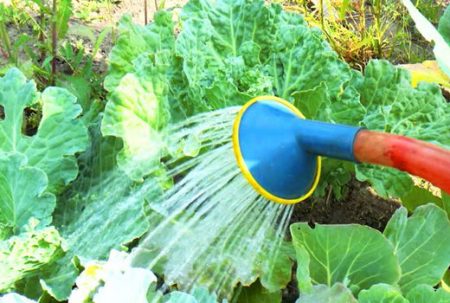
Varieties of different species and ripening periods are planted in the garden. Their irrigation schemes may vary. The frequency with which the soil is moistened depends not only on varietal characteristics; the structure of garden soil plays a decisive role.
By maturity
Early varieties ripen quickly, so no more than 3-4 irrigations are needed per season. Late and medium late cabbage need more moisture per season, respectively, the number of irrigation is at least 5-6 per summer.
Early ripening varieties are watered for the first time on the 3rd day after transplanting, and all subsequent irrigation prior to harvesting is carried out once every 10 days.
From the variety
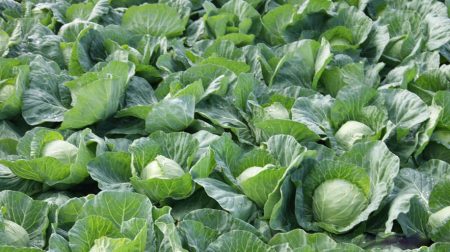
Water consumption for watering cauliflower increases as it grows. At the initial stage, the flow rate is from 6 to 8 l / m², by mid-summer it is increased to 10-12 l / m². To preserve moisture, the earth is loosened regularly. In hot weather, in the absence of rain, the frequency of watering is once every 3-4 days, in moderate weather, once every 7 days.
Broccoli loves the soil to be constantly moist at a depth of 25-30 cm, therefore it is watered often, especially in the heat - every other day. If this is not possible, then watered on weekends, and the soil is mulched.
How does soil type
Fertile garden soil, containing a lot of humus, has good moisture capacity, it remains wet longer after irrigation. Cabbage growing on chernozem and clay soils needs to be watered 1.5 times less often than planted in light sandy soil.
Different phases of development
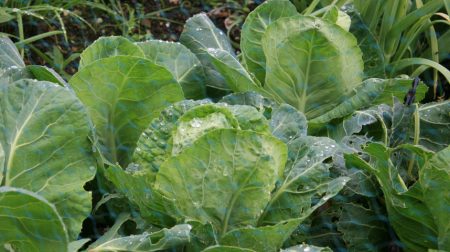
Scheme of irrigation of white cabbage of different ripening dates from planting to harvesting:
- early grades need moisture 3 days after planting;
- mid-ripening and late-ripening forms of watering are required on the day of transplantation;
- during the summer, late-ripening species are watered every week;
- the frequency of summer watering of ultra-early and early varieties once every 5 days;
- early ripe cabbage is not watered before harvesting for 2 weeks, late - 4 weeks.
How to water cabbage for a good harvest
When a cauliflower begins to form in a cauliflower, it should be fed with microelements. Universal remedies are best suited for this culture:
- Uniflor-micro;
- Florist;
- Aquadon Micro.
Soil acidity can be reduced with calcium nitrate. Cabbage 1 time per month is watered with a solution: 10 l of water, 3 tbsp. l means.
In broccoli, after cutting the central head in the axils of the leaves, additional inflorescences begin to be tied. To make them larger, cabbage plantings are fed with phosphorus-potassium fat - 1 tbsp. l with a slide on a 10 l bucket.
Advice
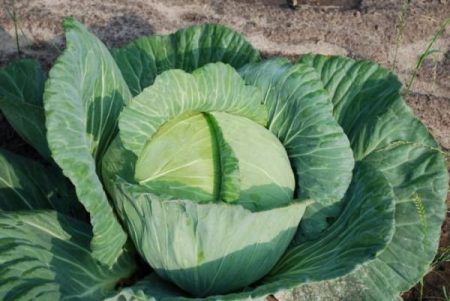
There are two ways to save heads from cracking during prolonged rains:
- chop a part of the roots with a shovel;
- turn the head with your hands clockwise 90-180 °.
Both methods have the same goal - reducing nutrition. Large heads of cabbage are best cut.
The yellowed cauliflower head can be returned to its original whiteness:
- clean cut inflorescence, rinse;
- pour cold water into a large pan, add crystals of citric acid 1 tsp / l;
- lower the head into the water for a few minutes.
Mistakes
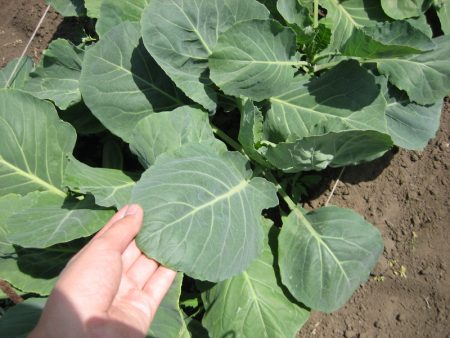
Violation of irrigation rules plus prolonged rains cause cracking of heads. About a month before harvesting, you need to reduce the frequency of watering, stop completely if the rains fall. A serious mistake will be abundant watering after a long drought, it will definitely lead to the appearance of cracks.
Mistakes that cost a cauliflower crop:
- transplanting overgrown seedlings;
- placement of cabbage beds in the shade;
- leaf removal.
Conclusion
Choosing a convenient irrigation system makes it easy to care for cabbage ridges.The introduction of humus, peat improves the moisture capacity of the soil. Using mulch reduces irrigation water consumption. These simple activities guarantee a good harvest of cabbage.

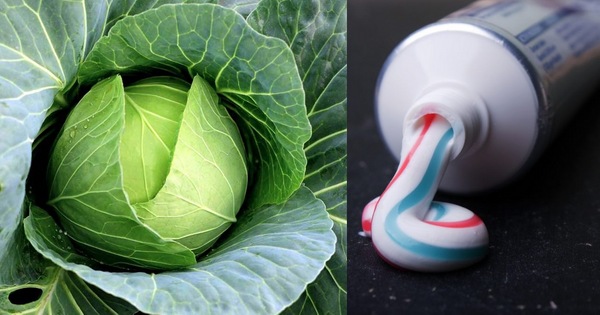
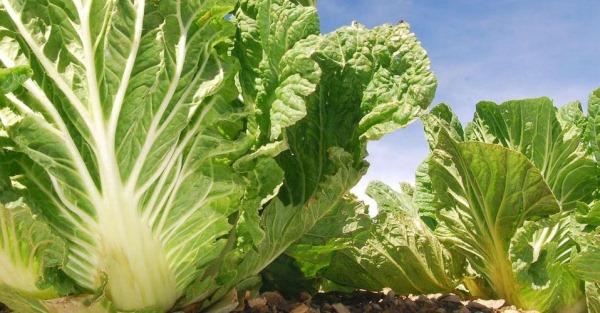
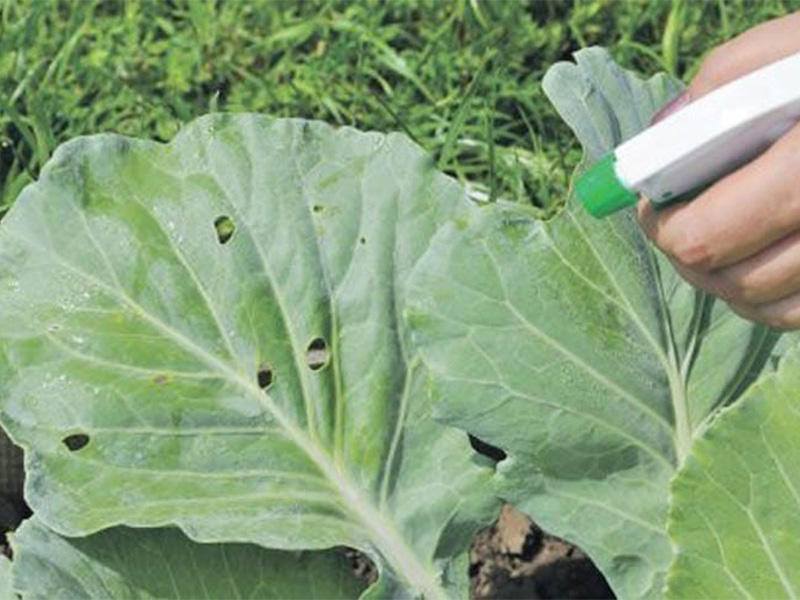
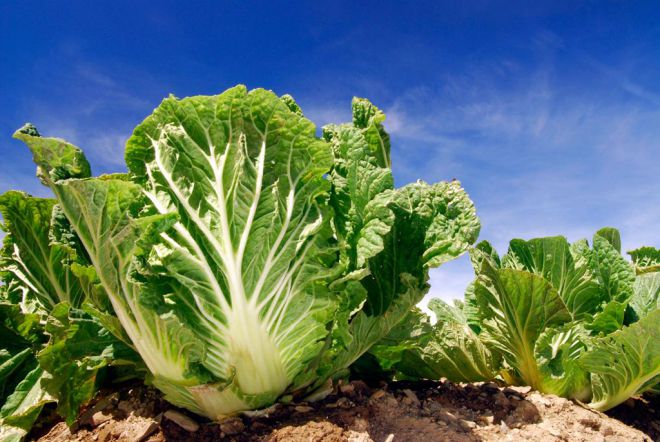 How to grow Chinese cabbage on your site?
How to grow Chinese cabbage on your site?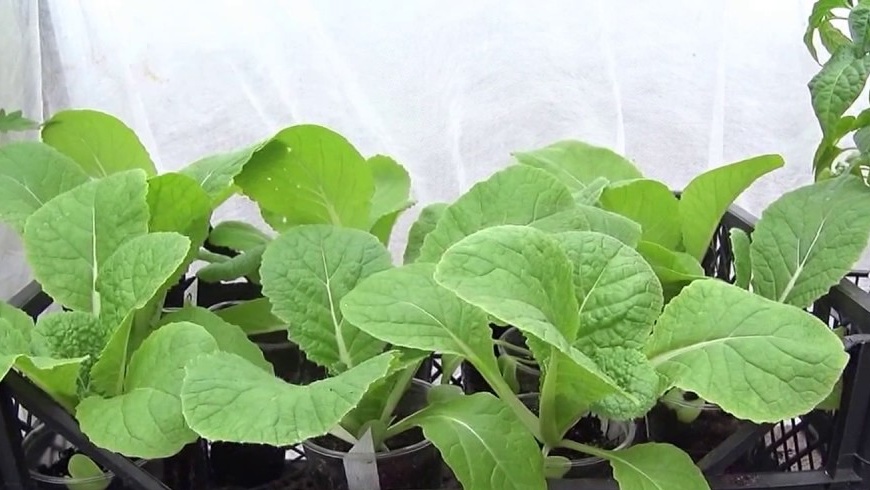 When to plant Chinese cabbage on seedlings in 2024
When to plant Chinese cabbage on seedlings in 2024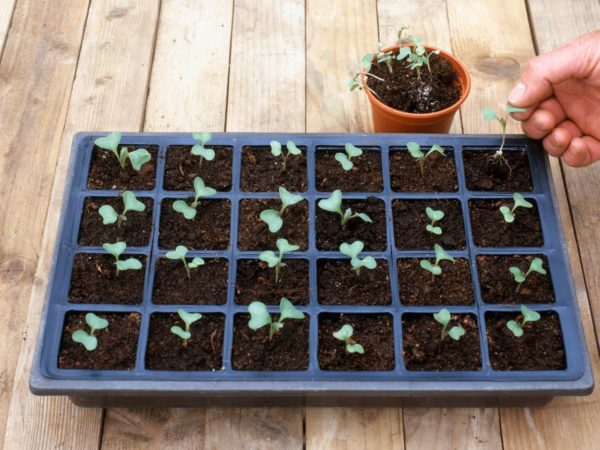 When to sow cabbage for seedlings in 2019 on the moon
When to sow cabbage for seedlings in 2019 on the moon Cauliflower: how to grow large snow-white inflorescences
Cauliflower: how to grow large snow-white inflorescences